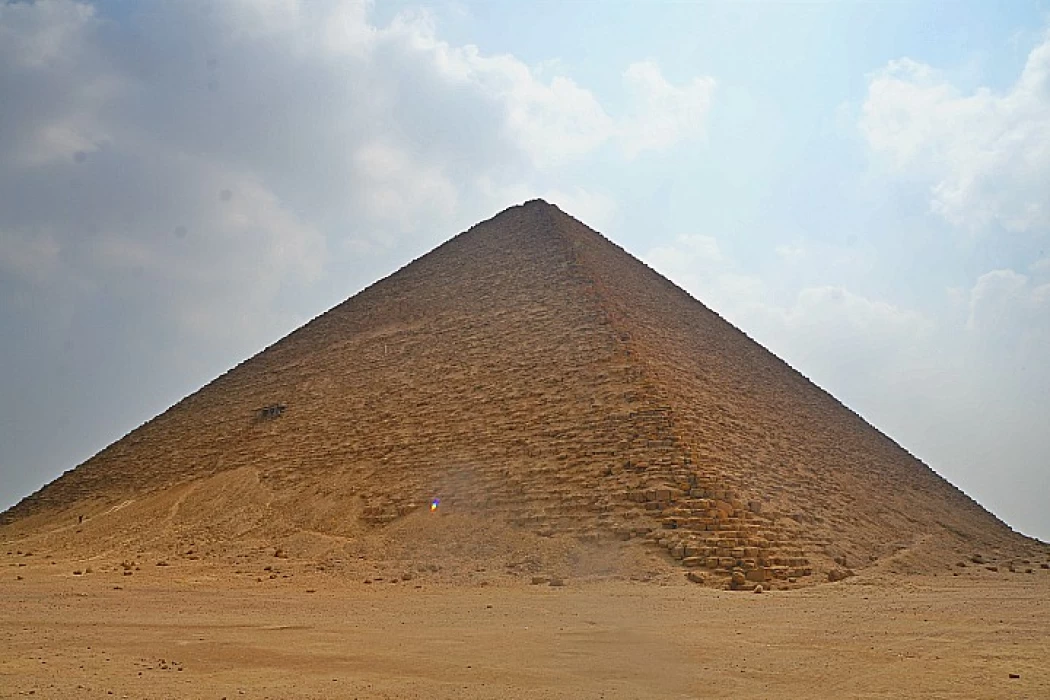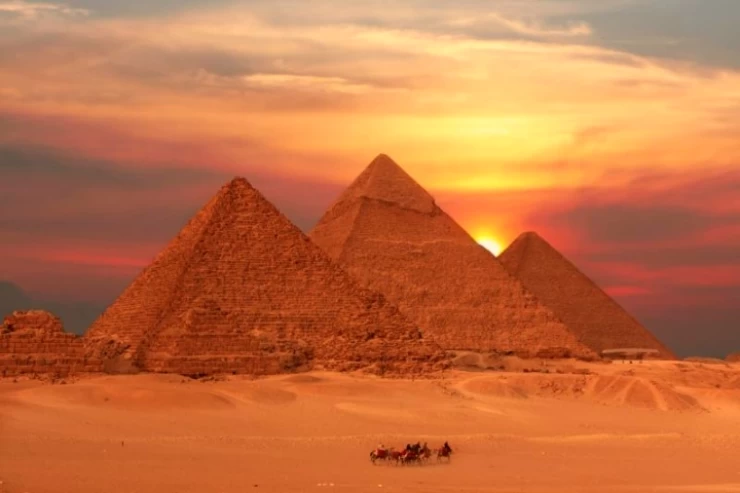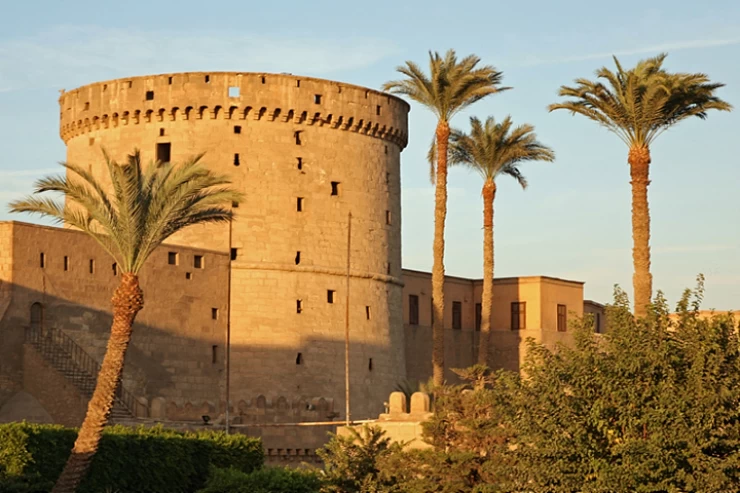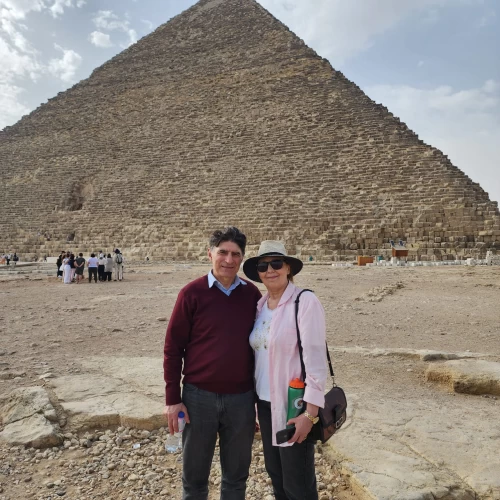
The Fourth Dynasty of Ancient Egypt History
The Fourth Dynasty of Ancient Egypt History
However, Snefru himself was later idolized in the turquoise mines of Sinai. The Stone of Palermo keeps records of six of his twenty-four and more years of reign; besides the construction of various ships, portals, and statues for his palace, two military campaigns are remembered of him, one against a Nubian territory where he is said to have captured seven thousand prisoners and two hundred thousand heads of cattle, the other against the Libyans from whom he brought back a rich, albeit minor, booty.
Even more interesting is the arrival from Byblos, a city at the foot of Lebanon, of forty ships loaded with cedarwood. But all these enterprises pale in front of the monuments erected in Dahshur, four miles south of Saqqara.
The Bent Pyramid and the Red Pyramid. Both exceed 94 meters in height and the interior has another point in common, that is, an impressive burial chamber with a very high ceiling. Some archaeologists also attribute the pyramid of Meidum to him, while others attribute it to Huni, although it may have been Snefru to finish it. Snefru left an ideal, generous, and good image of the monarch.
King Cheops:
The name of Cheope, in the plan handed down from Herodotus, belongs to the historical background of the whole world. His funeral monument, the great pyramid of Giza, was considered one of the seven wonders of the ancient world and is still at the center of countless measurements, conditions, and the most varied opinions.
Little is known of the life of the builder of the great pyramid, except for some material evidence of his absolute power. The cartouche that contains the name of Khufu (the real name of Cheope) has been found in various stone quarries, in the tombs of the family and servants, and in some inscriptions of a later date.
Djedefra succeeded his father to the throne of Egypt before Chephren came and built another not less great pyramid in the same necropolis, his funerary complex is the only complete compared to other pyramid complexes of his father and his son Mycerinus who succeeded him. The great sphinx is a good example of the power of this great ruler has got, also the only existing Valley Temple is within his complex where his body passed through the mummification process.
The last king of the 4th dynasty was Shepseskaf. After Mycerinus, the wealth of the dynasty quickly declined. The third pyramid was quickly finished and furnished inside by Shepseskaf, although the royal list of Saqqara adds three more whose names have been lost making it impossible the comparison with those given by Manetho.
Kings of the 4th dynasty: 2575–2465 B.C.
- Snefru 2575–2551 B.C.
- Khufu 2551–2528 B.C.
- Djedefre 2528–2520 B.C.
- Khafre 2520–2494 B.C.
- Nebka II 2494–2490 B.C.
- Menkaure 2490–2472 B.C.
- Shepseskaf 2472–2467 B.C.
- Thamphthis 2467–2465 B.C.


















